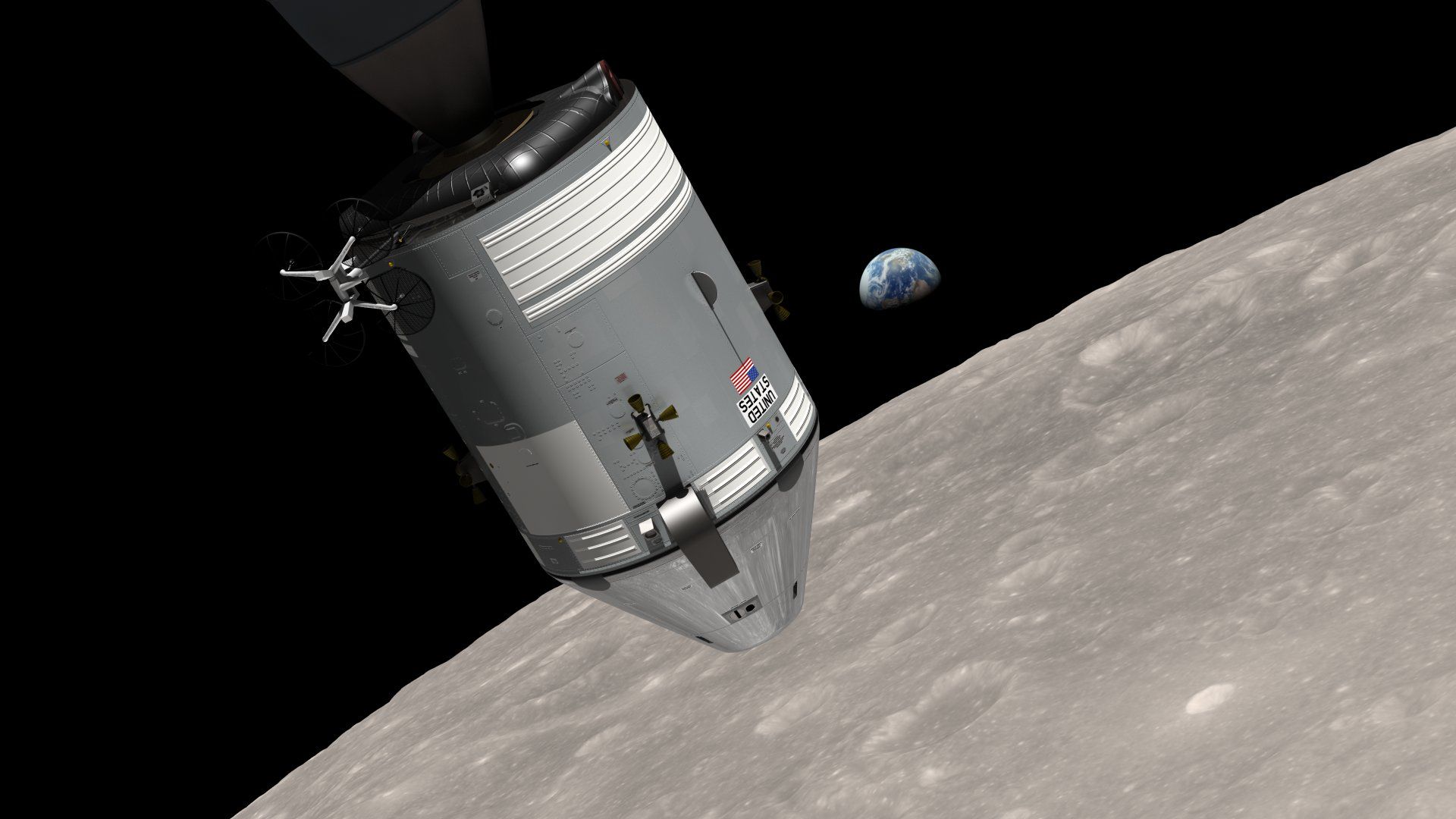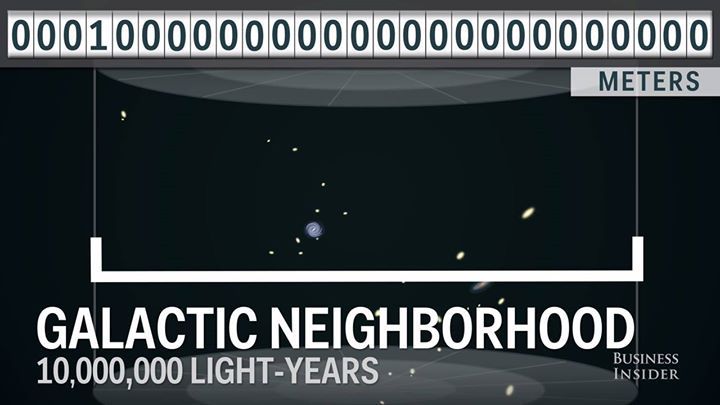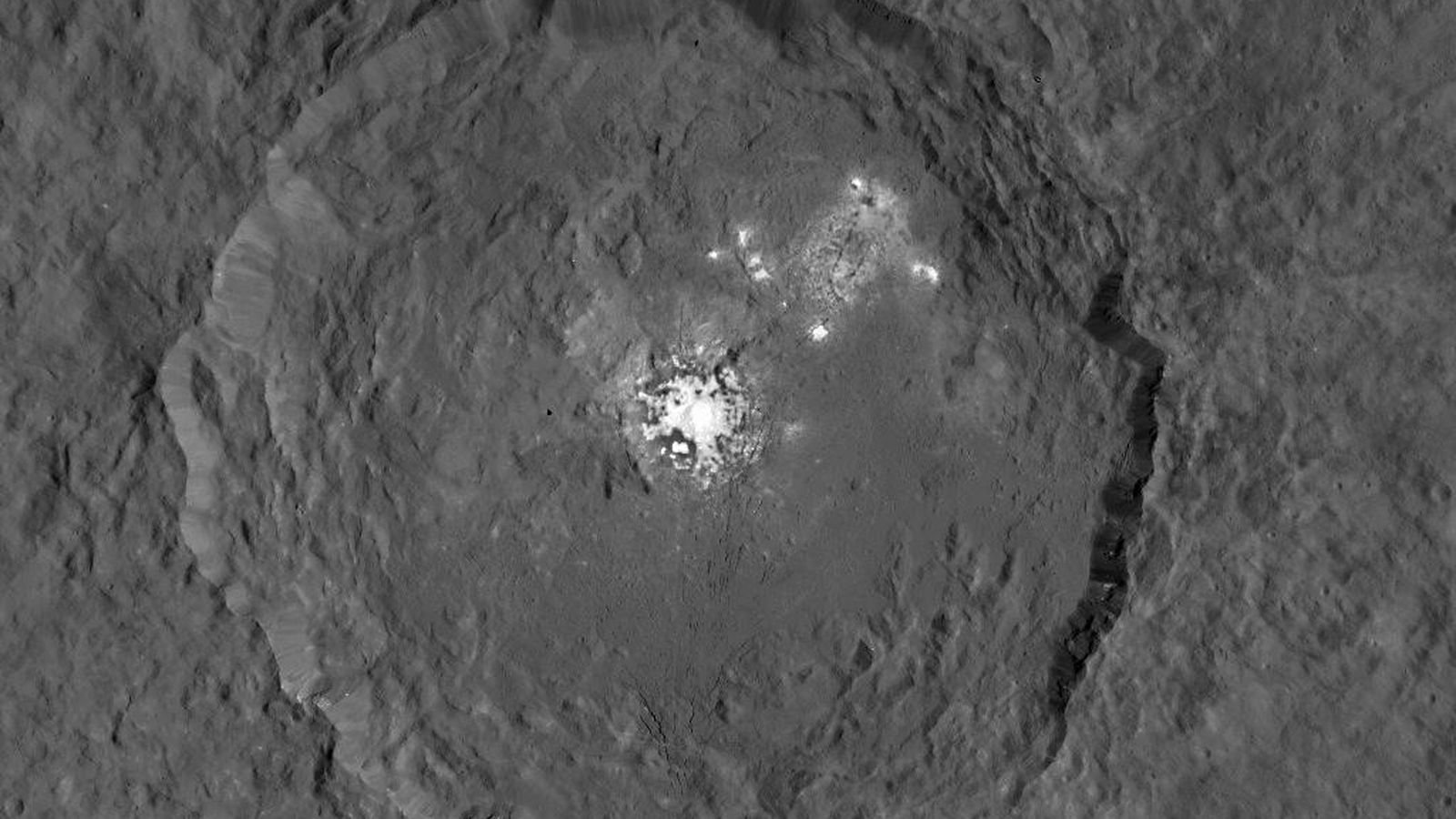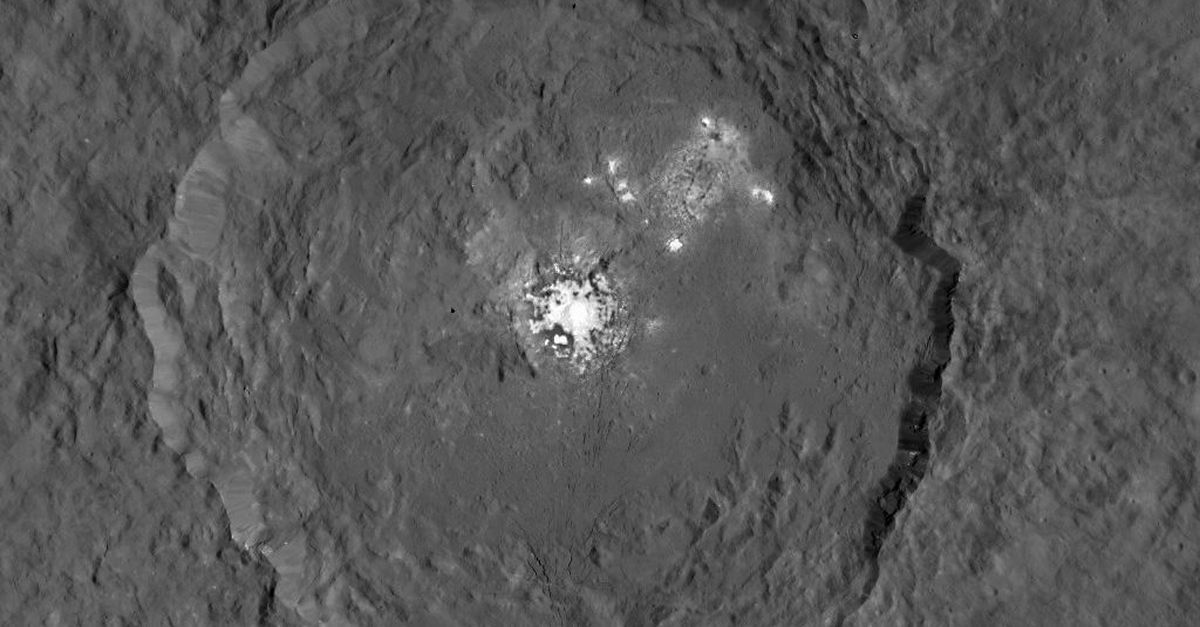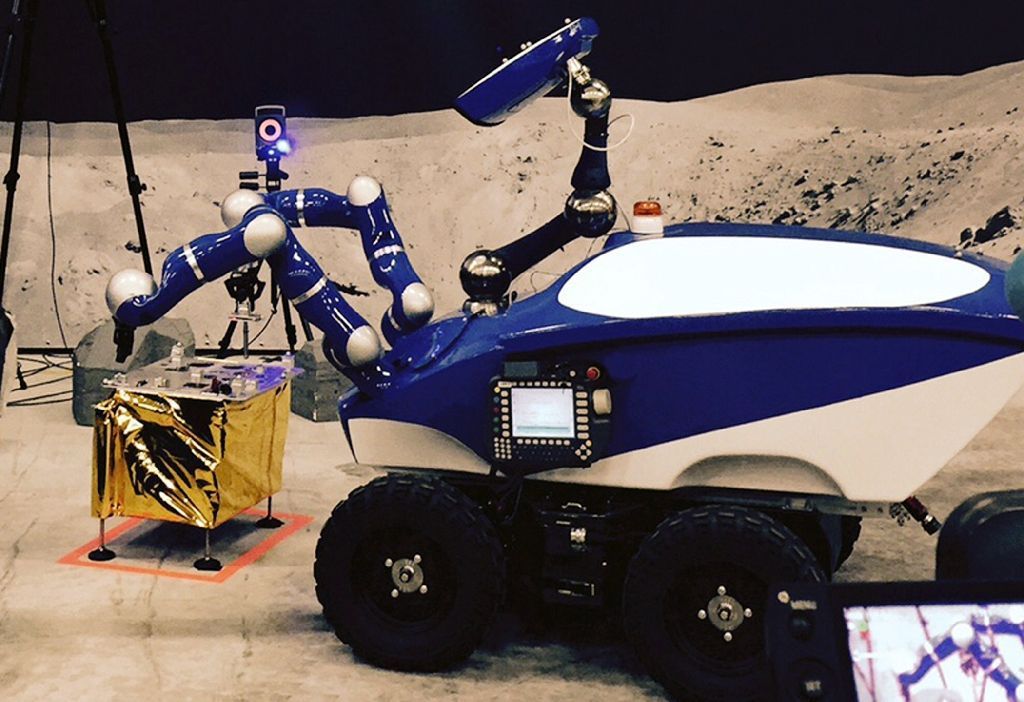“The ice the scientists found measures 130 feet (40 m) thick and lies just beneath the dirt, or regolith, or Mars.
‘It extends down to latitudes of 38 degrees. This would be like someone in Kansas digging in their backyard and finding ice as thick as a 13-story building that covers an area the size of Texas and California combined,’ Bramson said.
Such an extensive ice sheet had never been seen at these latitudes.”
A giant slab of ice as big as California and Texas combined lurks just beneath the surface of Mars between its equator and north pole, researchers say.
This ice may be the result of snowfall tens of millions of years ago on Mars, scientists added.
Mars is now dry and cold, but lots of evidence suggests that rivers, lakes and seas once covered the planet. Scientists have discovered life virtually wherever there is liquid water on Earth, leading some researchers to believe that life might have evolved on Mars when it was wet, and that life could be there even now, hidden in subterranean aquifers. [Photos: The Search for Life on Mars].

